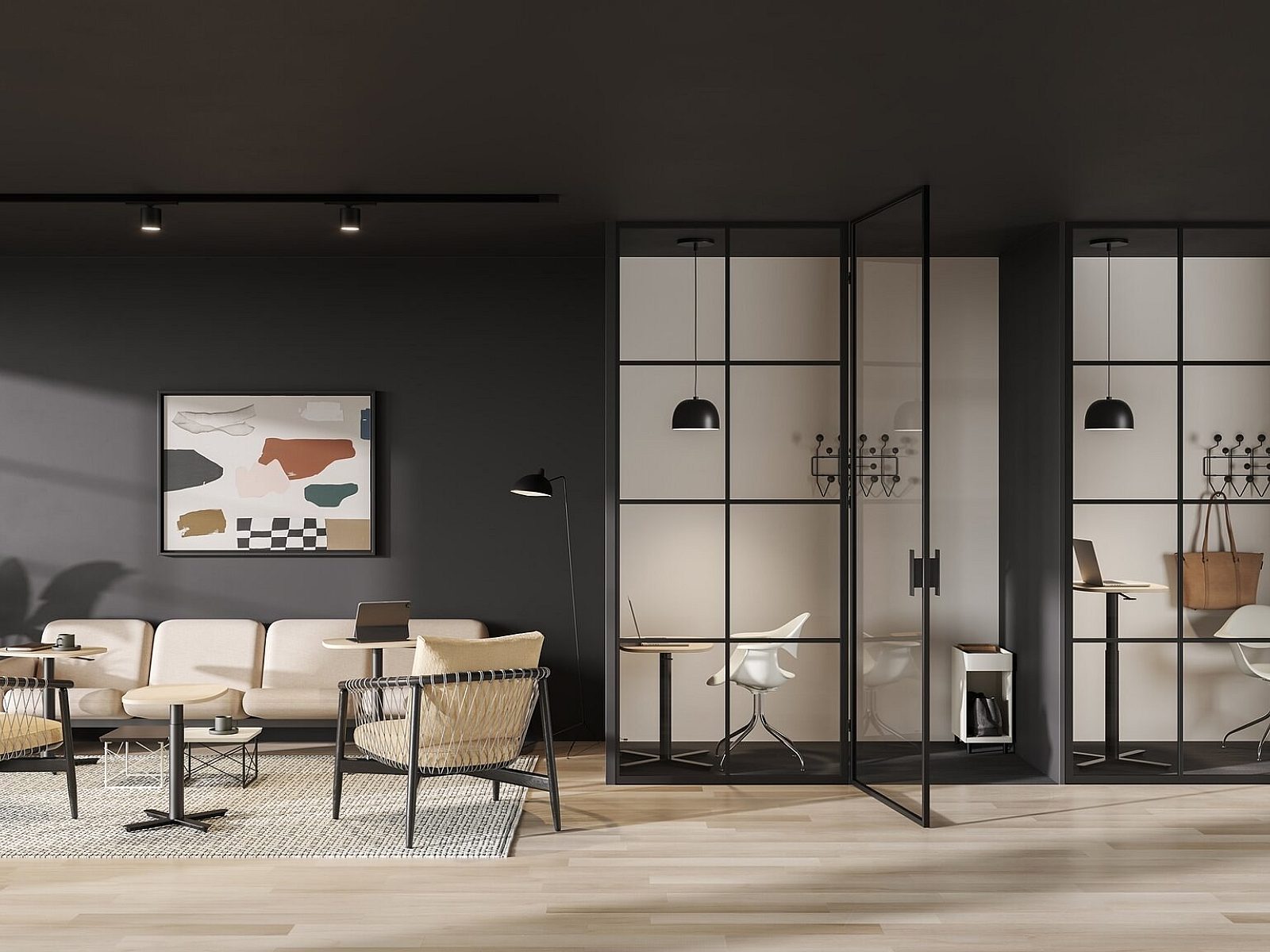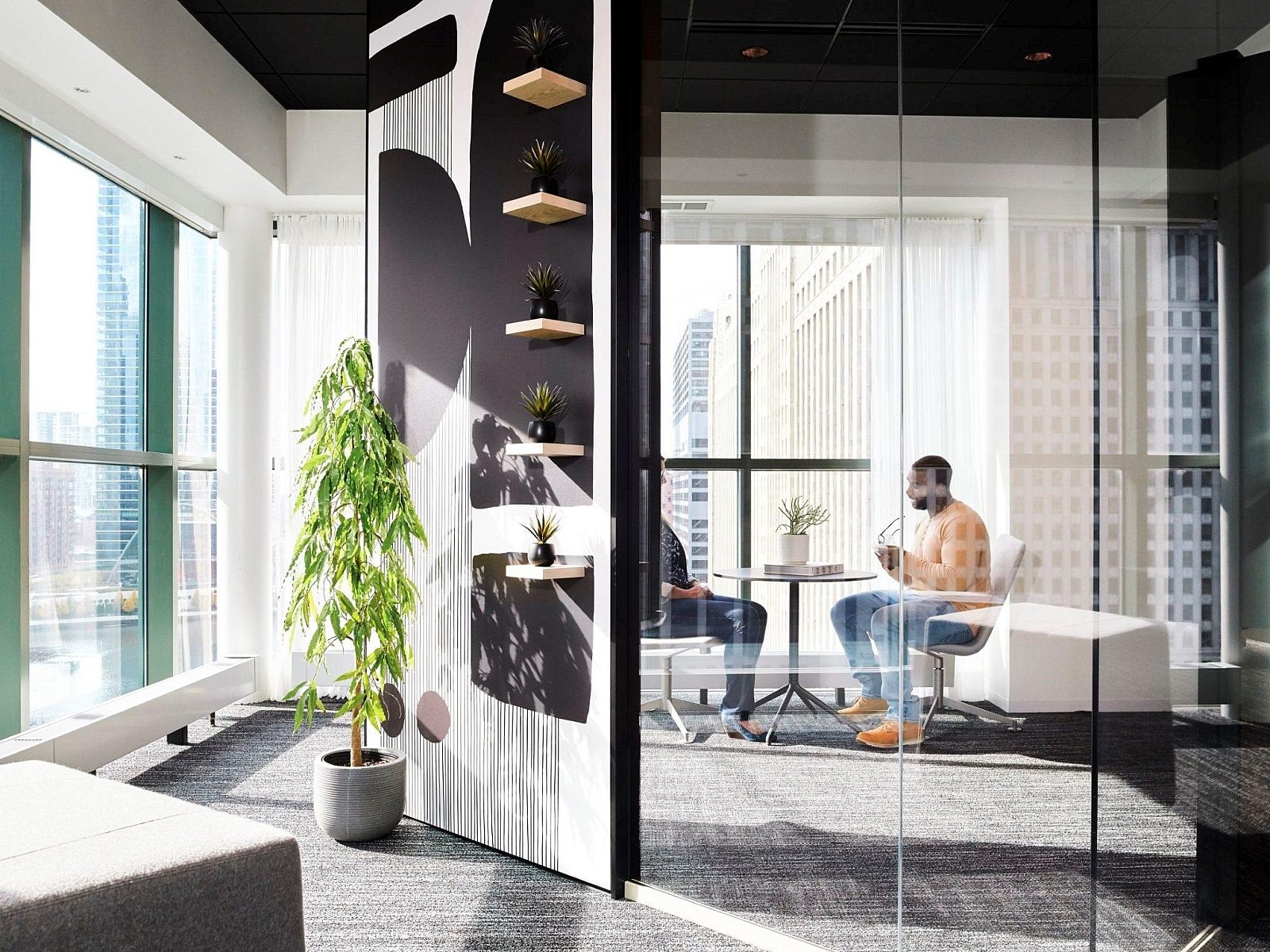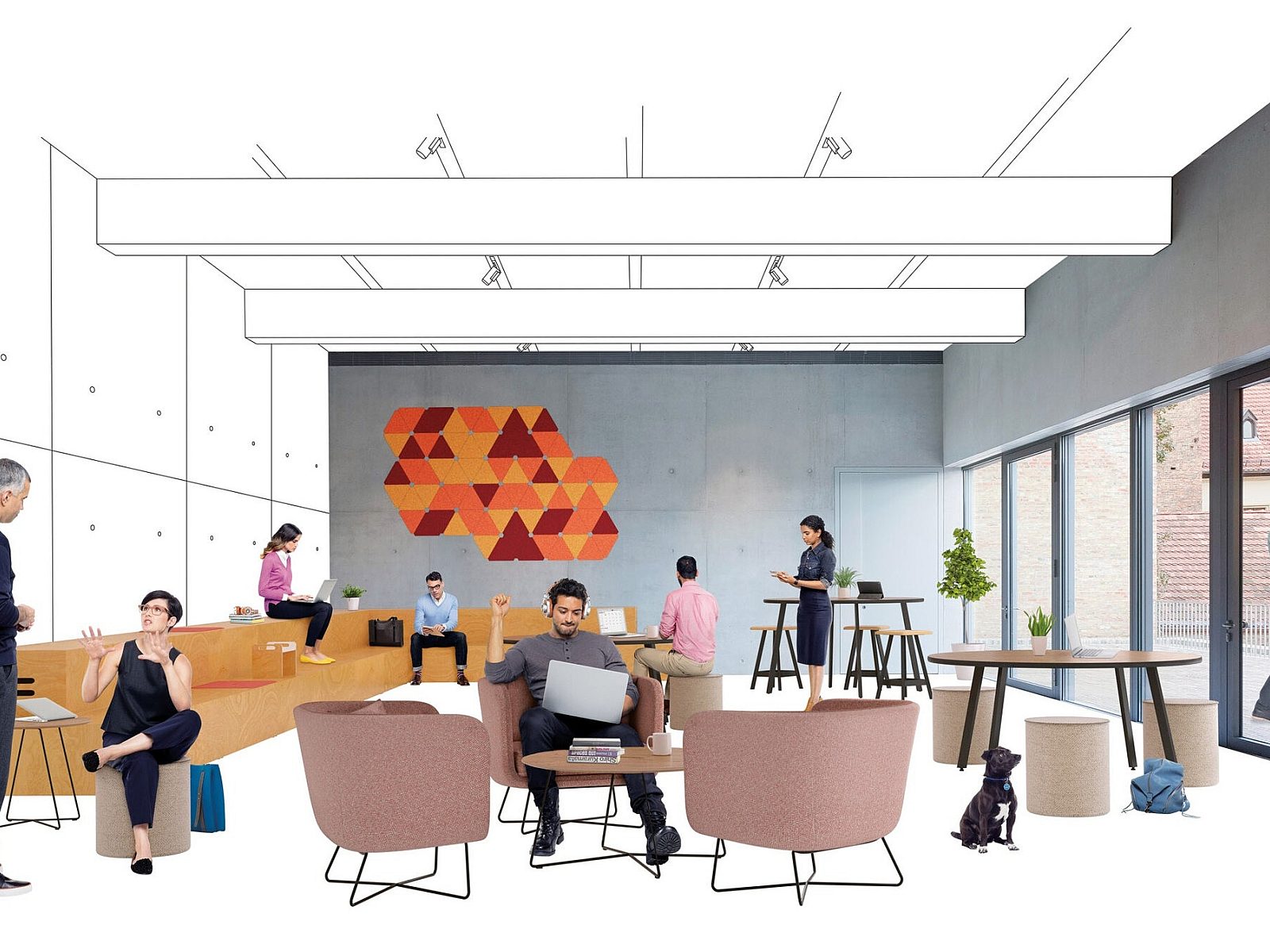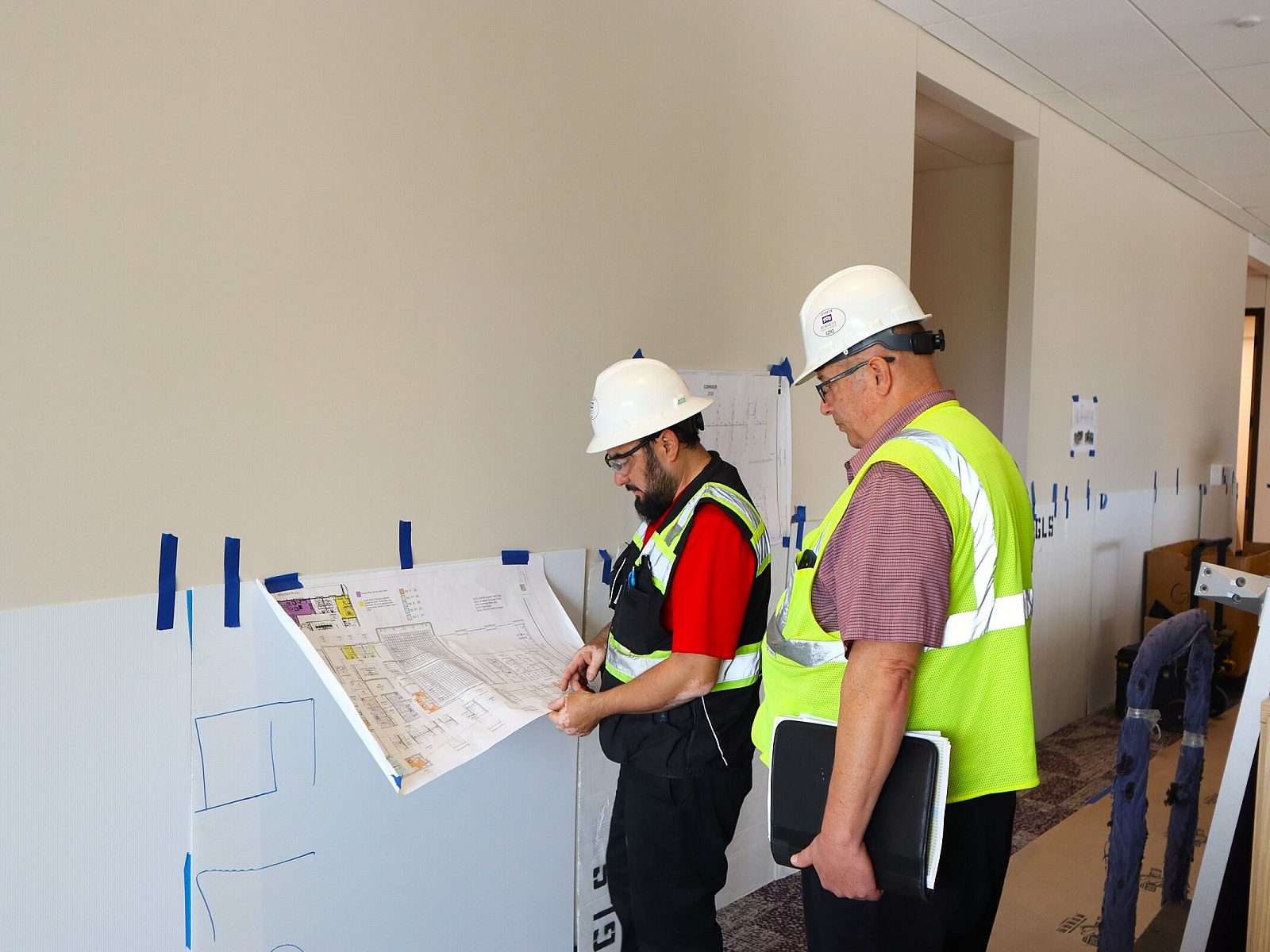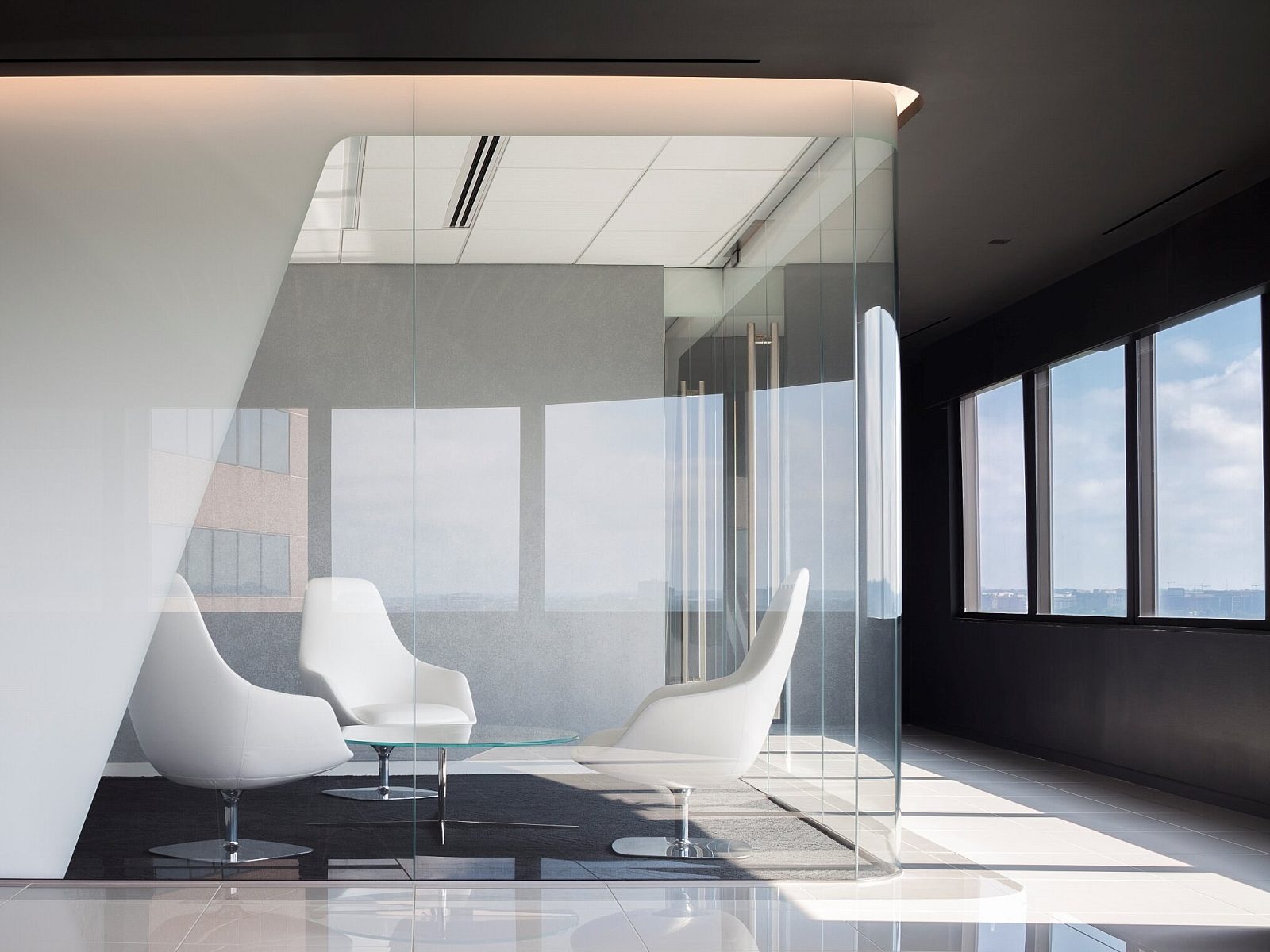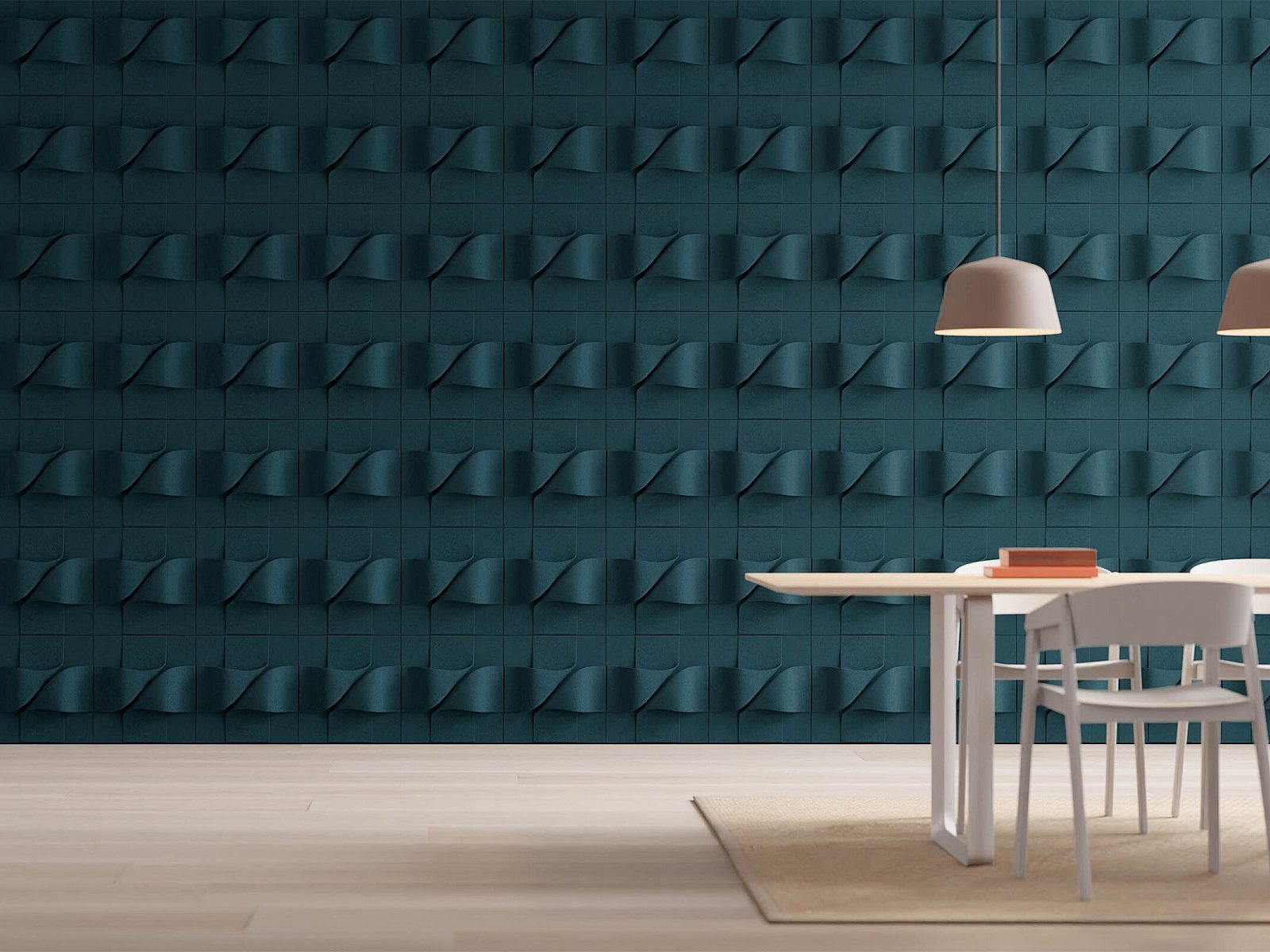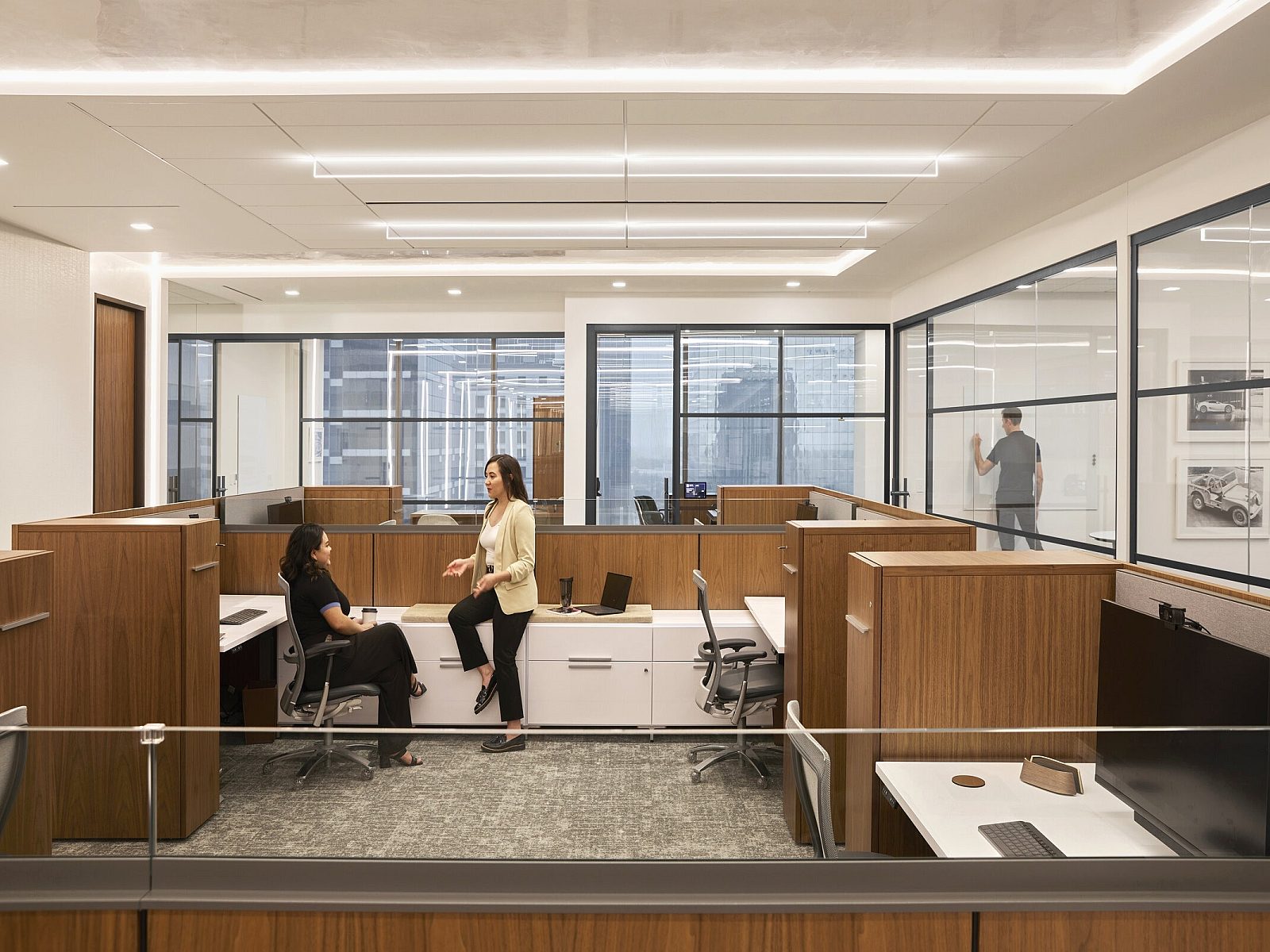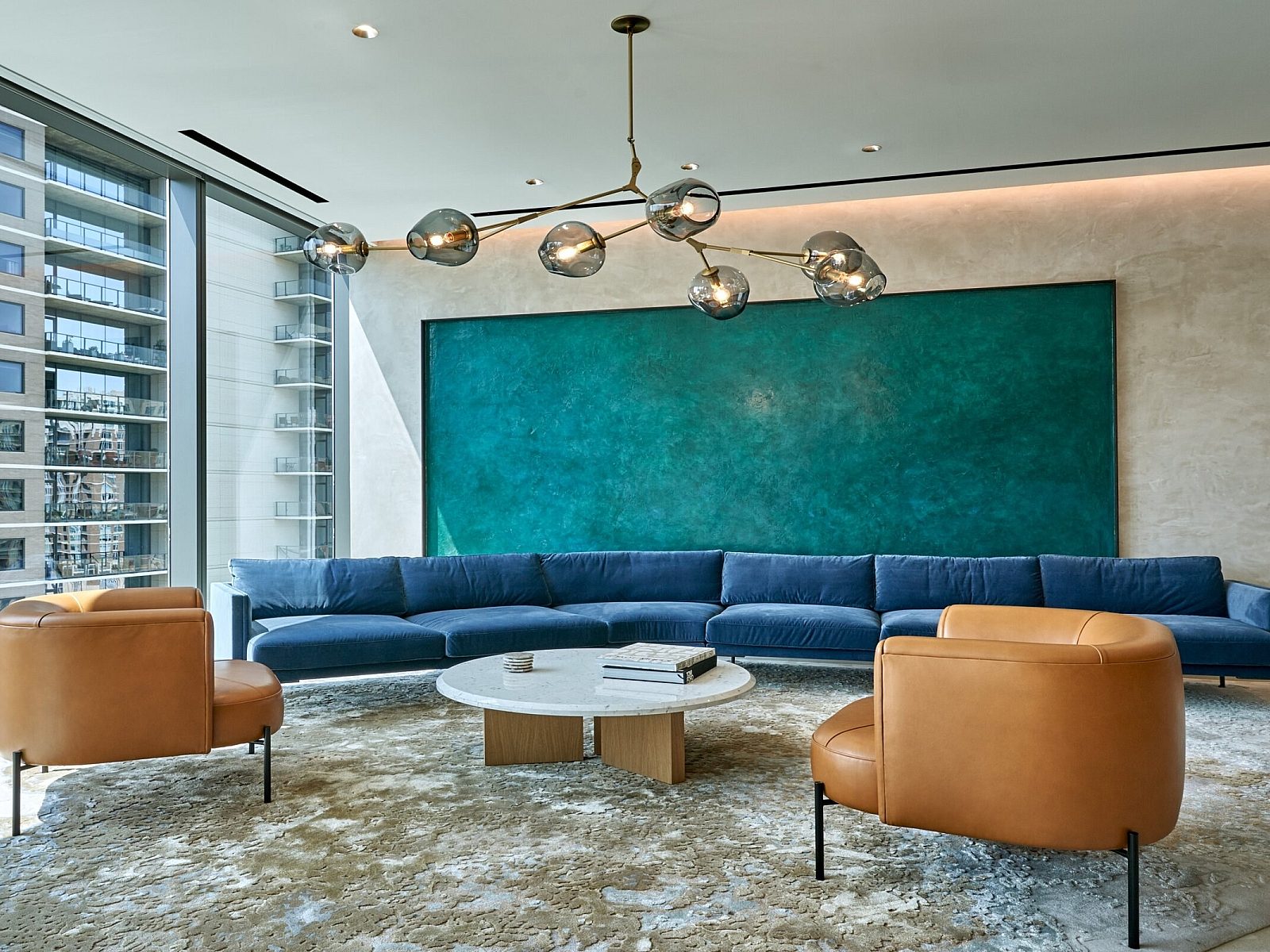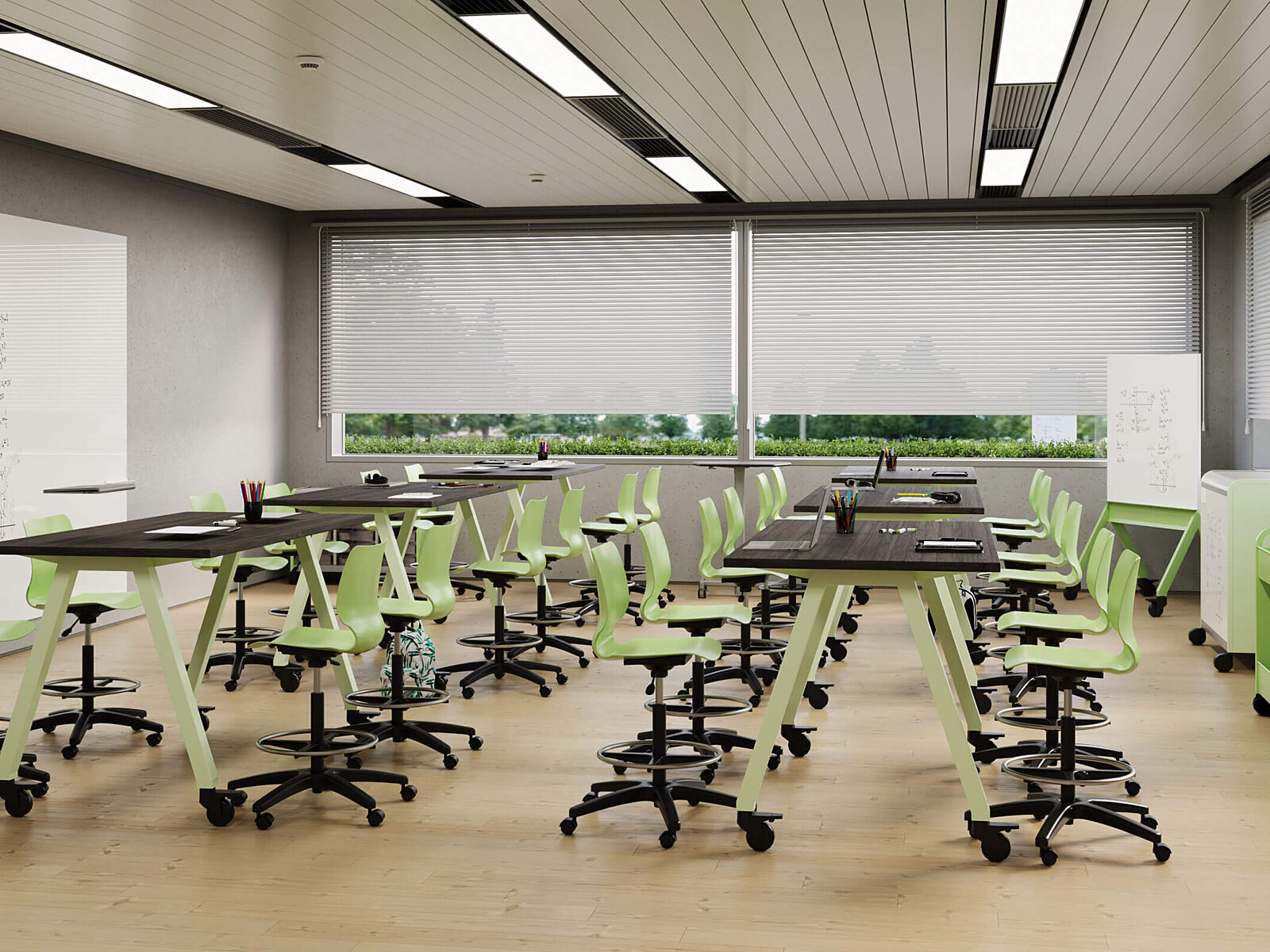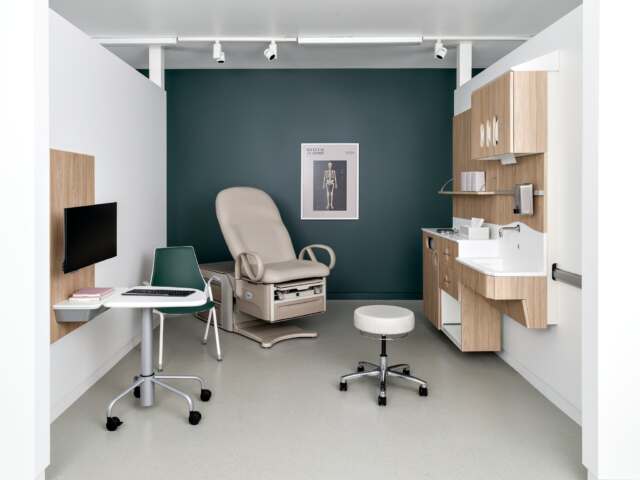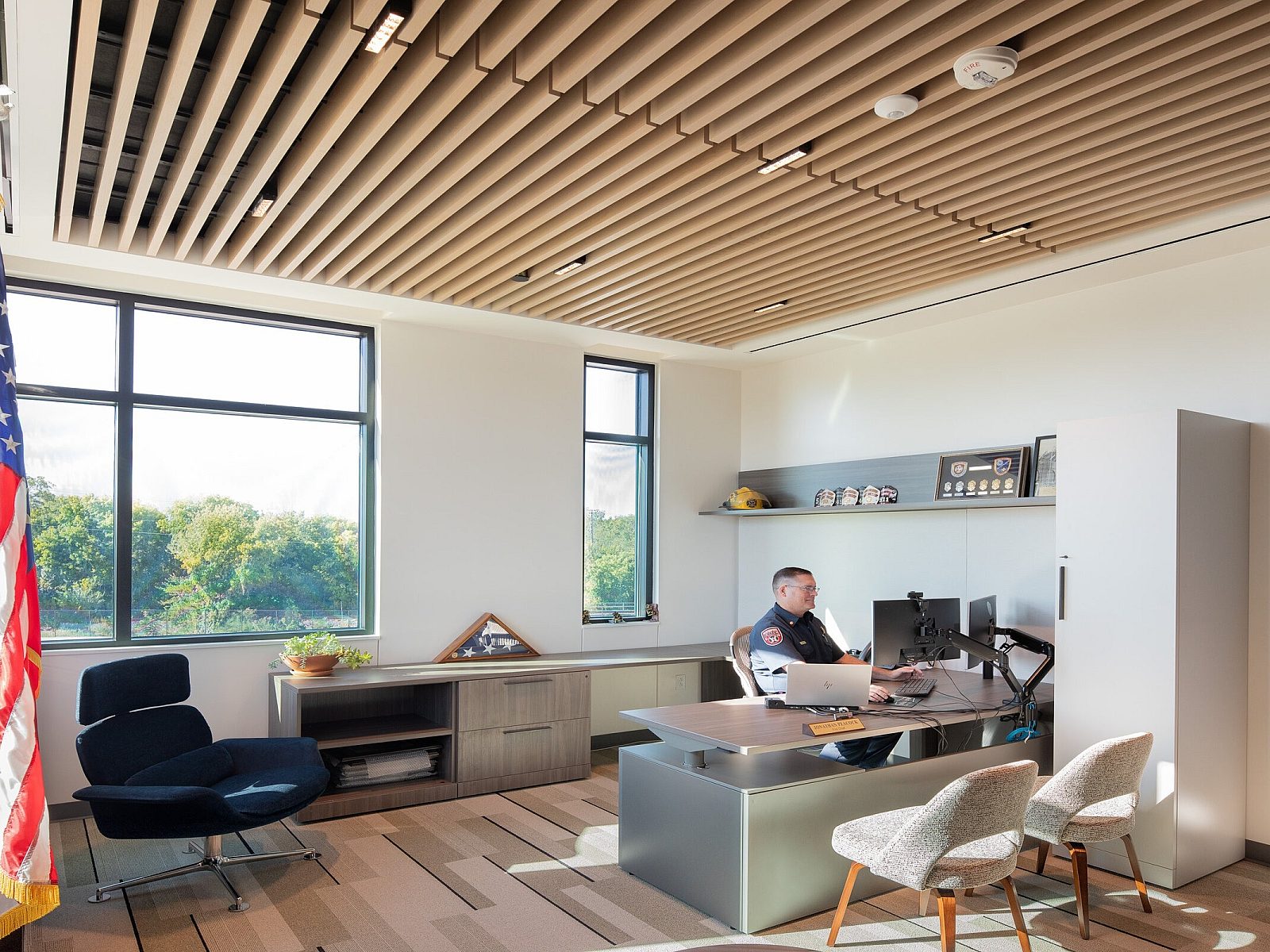How To Design A Home Office Setup That’s Right For You
Working from home but have no idea where to start with your home office? Read our blog to learn how to design a home office setup that feels right for you.

How To Design A Home Office Setup That’s Right For You
Businesses have grown accustomed to their employees working from home over the past several months. But are their employees entirely comfortable with their work-from-home arrangements? Although cozy, your living room sofa doesn’t necessarily promote long-term productivity.
Creating a functional workspace is the first step to setting up a successful home office. But there’s no one-size-fits-all solution for doing so. That means your design doesn’t have to be austere or exclusively utilitarian. It can — and should — accommodate the tasks you need to accomplish, be tailored to your preferences, and enrich your relationship to your immediate environment.
Read on to learn which best practices GL Seaman & Company’s business furniture and office design solutions experts recommend following as you optimize your home office.
Prioritize Ergonomics
Because spare bedrooms are being transformed into dedicated 9 to 5 offices, it’s important to keep health and well-being considerations top-of-mind when selecting furnishings.
First, think about your work style. Do you like to have the option of sitting or standing? Maybe you’ll want a convertible desk and the flexibility that it provides. Or perhaps you’d prefer a more casual solution that evokes a co-working space, such as a high table and bar stool.
Whatever direction you choose, feel comfortable bucking tradition when selecting an office seating option. As Knoll points out, “recent research indicates countless low-stress computing positions can be achieved using non-traditional furnishings.” When assessing office chairs, take a cue from more casual furniture that promotes what Knoll calls “’safe’ positions… characterized by ‘neutral’ shoulders and ‘neutral’ elbow flex angles.”
Those neutral angles typically measure 90 degrees, but the ideal geometry will vary depending on your height, proportions, and work surfaces. The key is to feel adequately supported while sitting. Here, think beyond your pelvis and lumbar region. Select a seating option that helps you keep your chin up and neck straight. If you are working on a laptop, you may decide to augment it with an external monitor — one whose height you can more easily adjust to maximize the ergonomic benefits of your chair.
All that being said, and no matter where and how you choose to sit, you should still make time to get up and stretch. As A.C. Shilton, writing for The New York Times, observes: “Gravity is the sedentary worker’s nemesis.” Consider taking a “microbreak” every 40 minutes or so to preserve your musculoskeletal health — and productivity.
Quality Matters
Don’t think of it as splurging. Treat your desk and office chair as investments: pieces that you’ll use often and appreciate for years. After all, the MACRS Asset Class Life for office furniture, fixtures, and equipment is between 7 and 10 years. Although these assets do depreciate (by approximately 14% every year), high-quality furniture has “good bones.” It can be reupholstered and refurbished in ways inexpensive, often poorly manufactured furniture cannot.
Moreover, when you select quality furnishings, you’re also preserving your health. Ergonomic designs are often constructed from superior materials capable of supporting your head, neck, and back. Remember: your office chair may very well become among the most used furnishings in your home. It needs to be up to the job.
If you’re new to sourcing and pricing office furniture, look for products that meet BIFMA standards. BIFMA stands for the Business and Institutional Furniture Manufacturers Association, and, since 1973, this organization has rated office furniture for its comfort, safety, sustainability, and durability.
If you’re working with a limited budget, select more affordable shelving, organizers, and accent elements rather than skimping on the essential items.
Make A Budget — And Itemize It
Although it may not involve any new construction, treat your home office buildout much like you would any home renovation: as a project with a dedicated budget. Doing so will give you the tools you need to track each cost — and every contingency.
Desks and chairs may command a premium, but those items alone do not constitute a productivity-focused working environment. You’ll also need to budget for new or upgraded lighting, shelving, storage, wall hangings, floor coverings, and supplies. You’ll also want to track otherwise hidden costs, such as shipping and assembly, even if you’re a diehard DIYer.
Finally, sticking to a budget when it comes to your home office fit-out will leave money on the table for the additional expenses that come with working from home — such as connectivity.
Keeping Connected
Working from home can make collaborating with your colleagues and clients particularly challenging. Yet, as we’ve discussed elsewhere on this blog, collaboration creates cultural as well as monetary value.
Before you commit to a floor plan, make sure you can:
- Safely power all your electronics — computer, monitor, printer, speakers, etc. — and electrical devices.
- Invest in power strips that provide surge protection.
- Manage your cords, cables, and wires. Employing such a system helps control clutter, prevent overheating, reduce signal interference, and simplify troubleshooting.
Finally, reliable internet connectivity is a must. If your Wi-Fi signal is weak or prone to frequent fluctuations in signal strength, consider moving your router as close to your desk as possible. You may even want to plug into it directly via ethernet.
Lighten The Mood
Speaking of those online meetings, you don’t want to be the one Zoom attendee shrouded in darkness. Natural light will improve your appearance on video calls, helping you maintain a professional presentation no matter the viewing angle.
But visibility isn’t the only reason that letting in natural light is paramount. According to Vadim Zanko of Lew Designs, access to abundant daylight during working hours will improve your sense of well-being, keep you alert, and help reduce your energy consumption.
If you can’t place your home office near a window, rely on soft lighting rather than fluorescent bulbs. Yellow LEDs provide a reasonable simulation of natural light. You’ll still get the same mood-enhancing effects, just without the Vitamin D. (You’ll need the sun’s ultraviolet radiation for that.)
Get Organized
Of course, furniture and lighting will make your home office hospitable, but storage will make it genuinely workable. An untidy desk can lead to additional stress and prevent you from operating at peak efficiency.
When planning your workspace, think about how you can keep vital resources always at the ready and close at hand. Your needs in this regard likely extend beyond supplies such as pencils, pens, notebooks, sticky notes, staplers, etc. They also include information — everything from your password log to your calendar/planner to your vision board.
Drawer trays, desk organizers, stackable baskets, and wheeled carts can all make your workspace effortlessly navigable. But they can provide benefits beyond boosting productivity. A thoughtfully arranged and equipped home office is ultimately more office than home. That is, you should clearly demarcate your workspace. Doing so doesn’t mean that you need to isolate yourself while working. However, your home office should not interrupt the flow you’ve established with (and within) your living spaces — and vice versa. Instead, think of your home office as an invaluable tool for achieving your optimal work-life balance.
Are you ready to optimize your work-from-home setup? At GL Seaman & Company, we offer a wide range of stylish, ergonomic, functional, and durable office furniture solutions from leading manufacturers such as Knoll, OFS, Elfa, and more. Our team of professionals — the largest of its kind in the Dallas-Fort Worth Metroplex — also offers planning and installation services.



